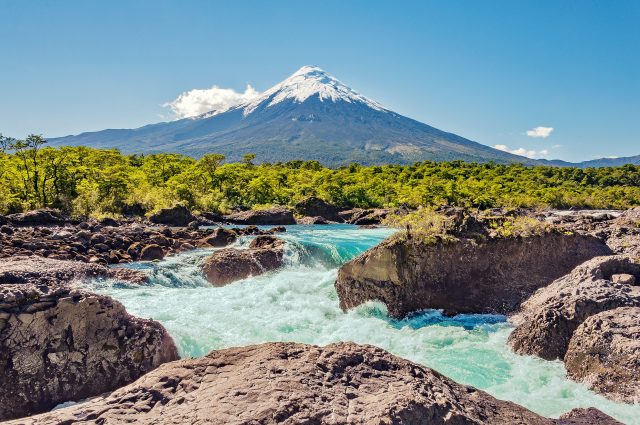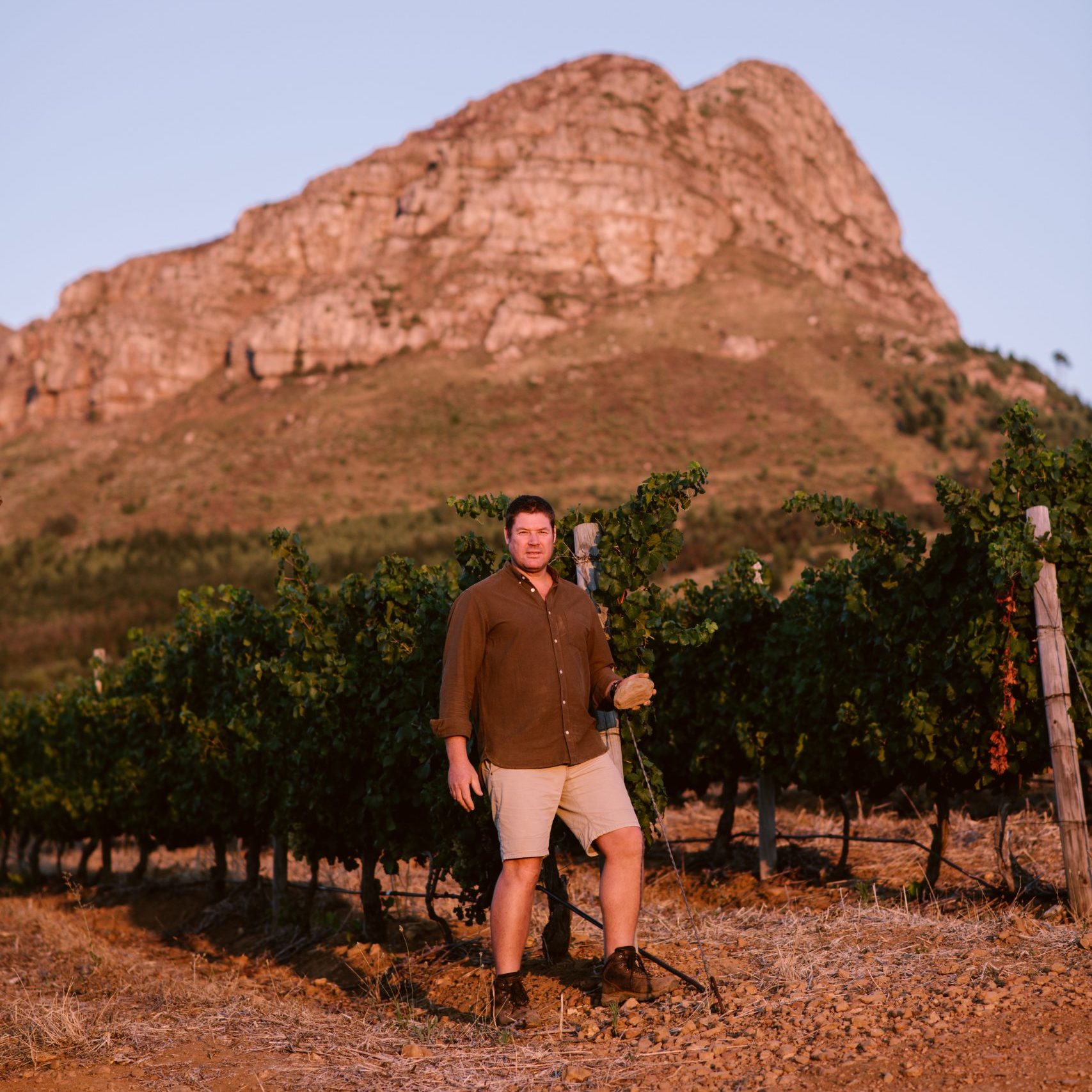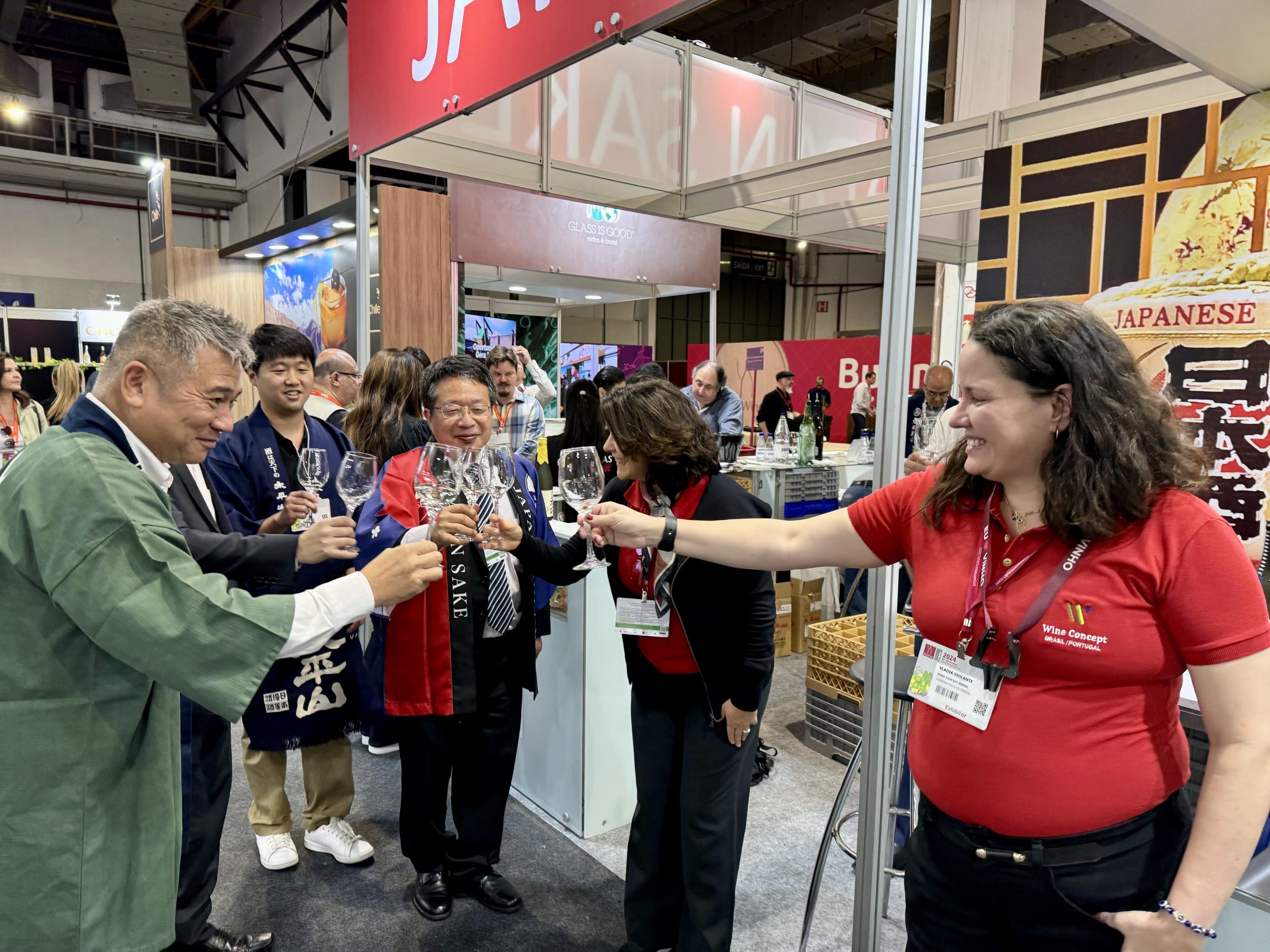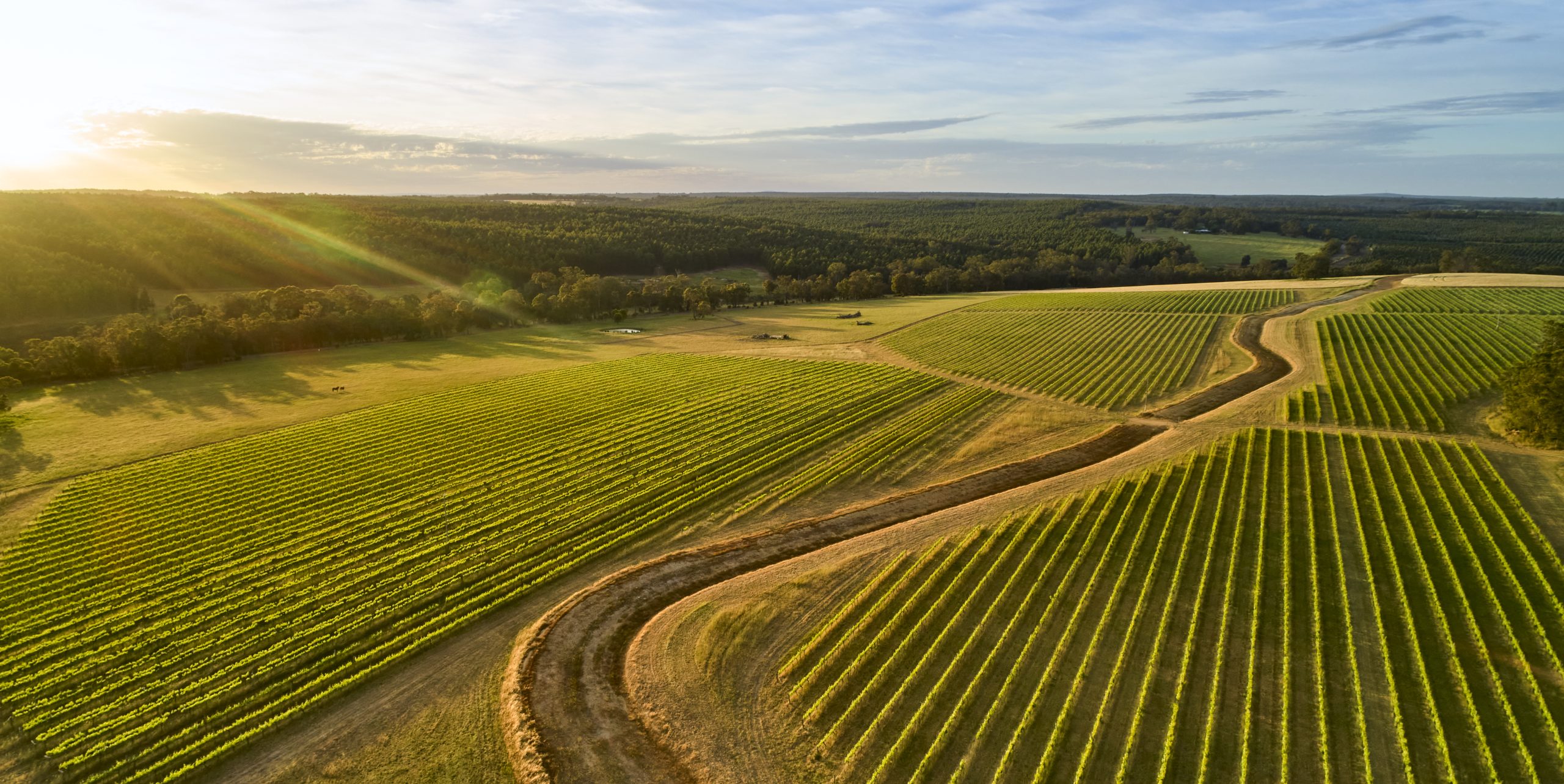The 4 most exciting wine regions in Chile right now
By Sarah NeishWhile the big dogs like Colchagua, Maipo and Leyda are still going strong, these lesser-known wine regions in Chile are worth getting excited about.

Itata
Arriving in Itata is like going back in time. Located in the Bío-Bío region, around 500km and a five-hour car journey south from Casablanca, the area has a raw, unpolished appeal, and is populated by small growers who work the land and its extremely old, pre-phylloxera vines by hand. “Itata is not as gentrified as areas like Maule or Maipo. It’s small and rural, much more rustic, with an average vineyard size of around three hectares per grower,” says Christian Sotomayor, export director, Valdiveiso. The likes of Viña Carmen, Miguel Torres, Viu Manent, Montes, Sutil and Louis Felipe Edwards are working with Itata growers to transform their “extraordinary raw materials” into wines that can be brought to market. “If I had one coin, I would place it there,” says Andres Cabellero, chief winemaker, Santa Carolina, “Wines from Itata simply have better balance than anywhere else. The balance between the acidity and the fruit is unparalleled.” The Cinsault, in particular, is impressive. The light, fruity red could be “Chile’s new Pinot Noir,” says José Miguel Viu, owner of Viu Manent.
Malleco
Chardonnay fans take note. One region producing exceptional wines from this variety is Malleco, which Ricardo Baettig, winemaker for Morande, calls “a new frontier for quality whites”. Found 540km south of Santiago, the region’s rugged terrain means growing grapes here is extremely challenging, but the pay off, says Baettig, is worth it. “We’re very excited about our new Chardonnay ofrom Malleco. There are very few producers making Chardonnay from this area – there are only around 44 hectares planted to Chardonnay there in total,” he says. “Malleco has volcanic soils and an average annual rainfall of around 1200ml compared with Casablanca’s 400ml. It makes wines with fairly sharp acid, but with elegance.” Morande’s Malleco Chardonnay (£20-£25) will form part of the brand’s Black Series and has a tiny production – around 500-600 cases. “We are in discussion with a second grower in Malleco to expand our offering for next year,” Baettig tells db.
Partner Content
Zapallar
Low water and very low yields make producing wine in Zapallar, a coastal town two hours north of Santiago, “a very expensive operation”, says Gabriela Negrete, winemaker, Montes. The only producer currently making a Sauvignon Blanc from here (part of its Outer Limits range), Montes decided to take the gamble due to the intense flavours the terroir offers. “Zapallar Sauvignon has less tropical fruit than Casablanca and Leyda, and more fresh asparagus notes. It has much better acidity too,” says Negrete. Montes, which makes wines from all three regions, has 40 hectares in Zapallar for now. To give an idea of the relative scale of operations, the producer creates just 2,000 9L cases of wine from Zapallar compared with 20,000 9L cases from Leyda.
Osorno
“Where it used to be unthinkable to have vineyards in a place like Osorno, the rising temperatures and reduced rain levels are allowing us to achieve good ripeness and mitigate the risk of fungus there,” says Eduardo Jordán, winemaker, Miguel Torres, of making wine in this gateway to Patagonia. Located at a latitude of 40 degrees – roughly in line with New Zealand’s north island – and with a mix of granite and volcanic soils, Jordán claims “You can’t find this kind of malic acidity in other areas.” Initially, he says, the acidity was too much. Miguel Torres started working in the region in earnest in 2017, when “the region was only for cows and forests”, and Jordán confesses that “it took us around three years to learn how to tamper the acidity.” He believes that Osorno has “tremendous potential for quality sparkling wines.” It helps that the average annual rainfall in this volcanic valley is 900ml-1000ml, at a time when much of the country is experiencing drought.
Related news
Freixenet celebrates Mother's Day with multi-channel activations
Why the wine rarely vanishes – the truth about cooking with alcohol




